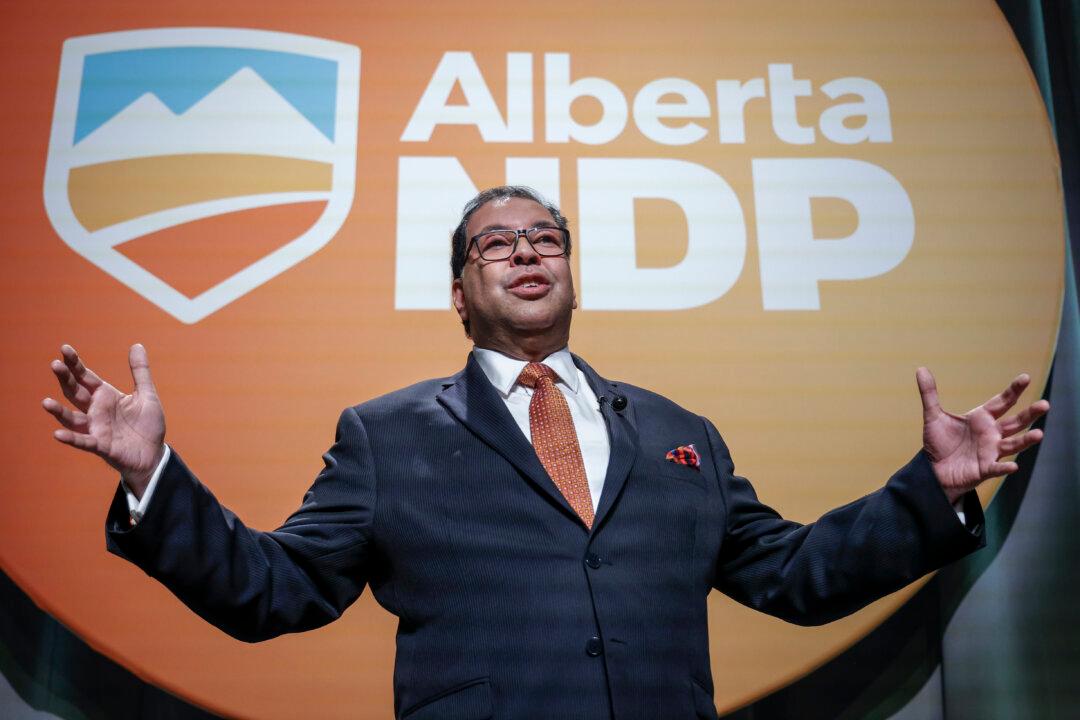Commentary
Naheed Nenshi didn’t just win the leadership of Alberta NDP. He beat his opponents hands down. His closest competitor didn’t even garner 10 percent of the vote.

Naheed Nenshi didn’t just win the leadership of Alberta NDP. He beat his opponents hands down. His closest competitor didn’t even garner 10 percent of the vote.